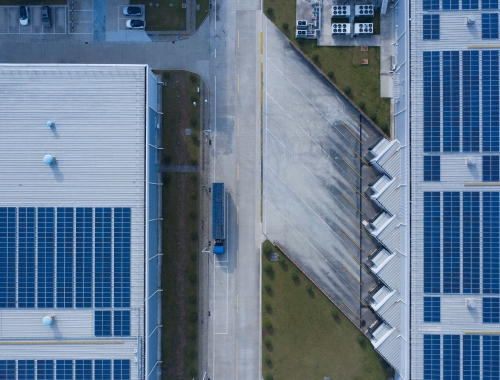UK North Sea cuts flaring by one-fifth in 2021
SUMMARY
Flaring fell to its lowest on record following the implementation of new guidelines.
By Callum CyrusPOSTED IN:
The UK oil and gas authority (OGA) on March 4 revealed new estimates suggesting UK North Sea gas flaring fell by 19% in 2021, following a 22% reduction in the previous year.
Flaring fell by a total of 6bn ft3 to 26bn ft3, the lowest figure OGA has on record, and equated to the annual gas demand of 130,000 UK homes. Flared gas in June was at its lowest level since the 1970s, at under 2bn3, though this was driven mainly by lower gas production volumes.
The fall coincided with maintenance shutdowns at multiple installations, mostly carried over from 2020 due to COVID-19 restrictions, including the TotalEnergies-operated Elgin-Franklin project and the Forties oil pipeline system.
OGA chief executive Andy Samuel said reducing flaring and venturing would protect UK energy security by ensuring domestic facilities can deliver oil and gas that is "as clean as possible."
"The OGA is holding the sector to account, including on flaring and venting, through close monitoring and benchmarking and proactive stewardship," Samuel said. "A substantial drop in flaring two years running — reaching its lowest level since we started tracking — is encouraging and reflects both OGA and industry efforts. But there can be no let-up if the sector is to reach and surpass emissions reduction targets."
The OGA said offshore flaring intensity, referring to gas flared per each unit of oil production, fell for the fourth consecutive year to 90 ft3 per barrel from 125 ft3 in 2017. This marked an 11-year low, while overall venting of inert gases declined by 29% and methane by 8%.
The authority has tightened up flaring and venting support, guidance and monitoring, and says these efforts are now paying dividends. The latest guidance was introduced last year and includes commitments to reach zero routine flaring and venting by 2030, through reductions and countermeasures. The OGA says all new UK North Sea developments should be planned on this basis.
The OGA is continuing to scrutinise all new field development applications for their flaring plans, and says it will stop any cases where expected levels are excessive.








